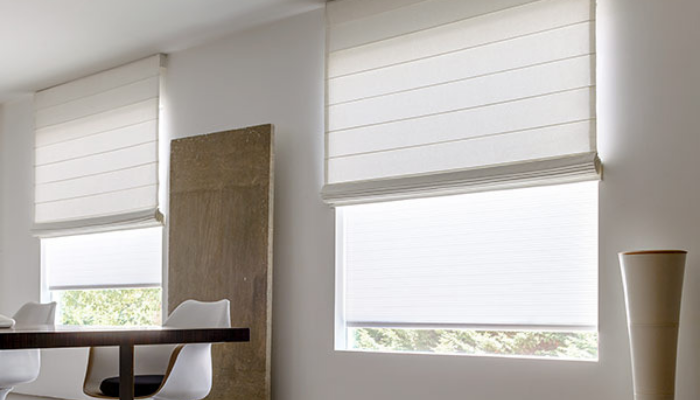Condominium wall coverings often appear in association regulations due to their visibility from building exteriors and their impact on community aesthetics. Many homeowners are surprised to discover that what seems like a personal design choice might be subject to community standards and restrictions. Penrith housing consultants note that window treatment regulations rank among the most common questions from new condominium owners navigating association guidelines for the first time.
These rules typically aim to create visual harmony across the building’s exterior while allowing residents reasonable freedom in their interior design choices. The specifics vary widely between communities, with some associations implementing strict uniformity requirements while others establish basic guidelines that accommodate diverse preferences. Restrictions commonly address the colour, style, and material of coverings visible from outside the building. The rationale behind these regulations is to maintain property values through consistent exterior appearance and prevent potential damage from improper installations.
Visual continuity
Most condominium associations seek to maintain a cohesive exterior aesthetic across all units. Window covering rules help achieve this goal by preventing a visually chaotic facade with mismatched styles, colours, and materials visible from streets or common areas. Some associations mandate specific colours or materials for all street-facing windows, while permitting more flexibility for windows overlooking private courtyards or rear elevations. This balanced approach preserves community appearance while acknowledging residents’ desire for personal expression.
Documentation for these requirements typically appears in architectural guidelines rather than within primary CC&Rs (Covenants, Conditions, and Restrictions). These specifications might include approved fabrics, colours, or product lines from specific manufacturers. Older communities sometimes update these requirements as design trends evolve, while newer developments often establish more flexible performance standards that focus on appearance outcomes rather than prescribing exact products.
Installation standards
Beyond appearance concerns, many associations regulate installation methods and attachment systems for window coverings:
- Prohibitions against drilling into window frames that might compromise weatherproofing
- Specifications for mounting hardware compatible with building materials
- Requirements for professional installation of certain covering types
- Restrictions on coverings that might interfere with window operation or emergency egress
- Guidelines addressing condensation prevention and mould mitigation
These technical requirements protect the building’s structural elements while ensuring that window functions remain uncompromised. They often reflect lessons learned from previous damage incidents or maintenance challenges experienced within the community. Compliance with these standards helps prevent costly repairs that might become association liabilities.
Rule navigation
Navigating window covering requirements begins with thoroughly reviewing association documents before purchasing or installing new treatments. Declaration documents, architectural guidelines, and rules/regulations might each contain relevant provisions addressing different aspects of window coverings. When planning substantial window treatment investments, wise homeowners submit samples or product specifications for pre-approval before purchasing.
Most associations maintain documented processes for requesting variances when standard rules create particular hardship or alternative solutions might better serve community interests. These exception procedures typically require formal applications with detailed justification and neighbour notification. Successful variance requests often involve medical necessity, sustainability improvements, or adaptation to unique architectural features not considered in general guidelines.
Window covering regulations represent a common area where individual preferences and community standards intersect in condominium living. With a clear understanding of underlying rationales and compliance procedures, residents can navigate these requirements while creating comfortable, personalised living spaces that respect community aesthetic standards.

